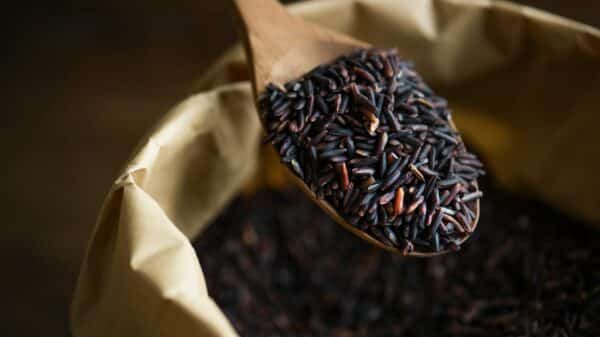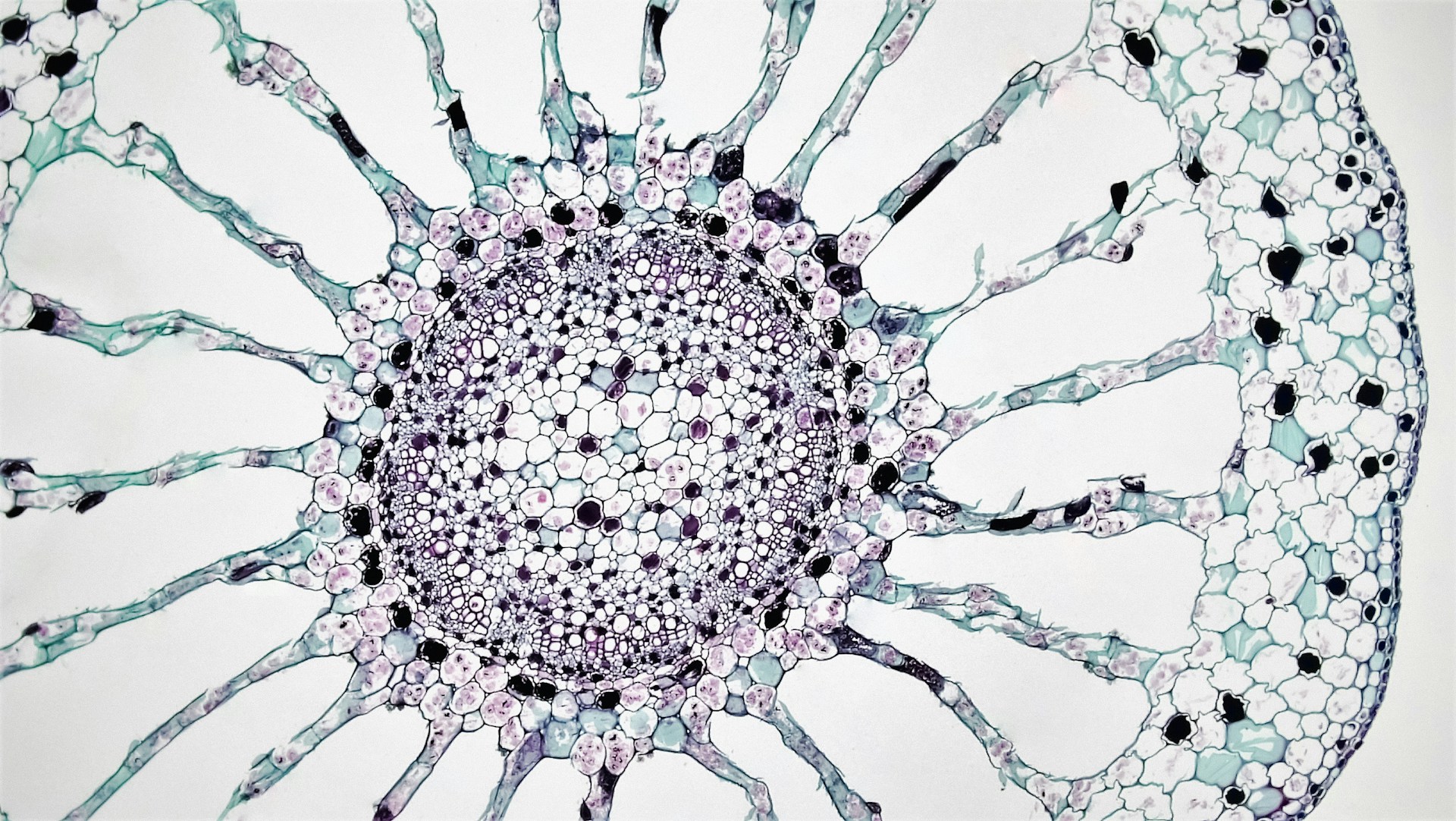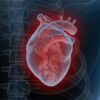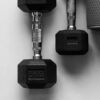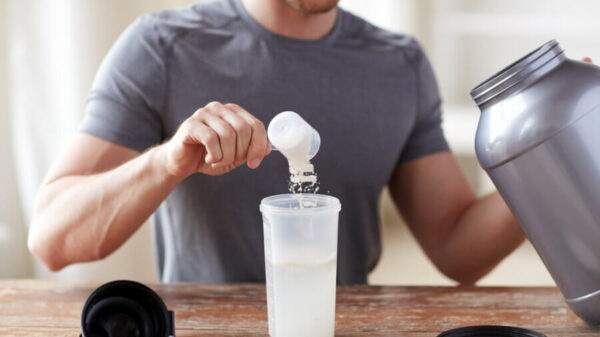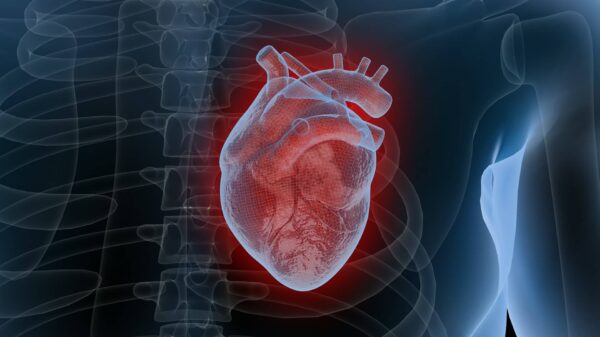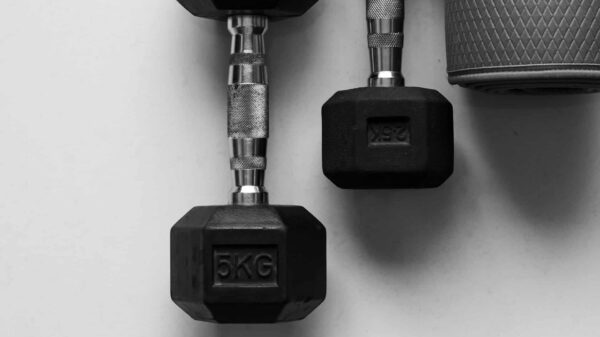The journey toward enhanced physical strength encapsulates an intriguing paradox—gaining strength necessitates an initial phase of controlled muscle destruction. Through strenuous exercise, muscles experience microscopic damage. However, the true transformation occurs in the days that ensue, as our bodies embark on an intricate biological repair process. While sports nutrition shops abound with recovery supplements, the heartbeat of this recovery lies in something fundamental: oxygen. This article explores how oxygen influences cellular repair mechanisms, underscoring its critical role in muscle recovery.
The Link Between ATP Production and Oxygen
Energy is the key driver for every biological function, and muscle recovery is particularly energy-intensive. The molecule adenosine triphosphate (ATP) serves as the universal energy currency required for this extensive repair work. Our bodies use ATP to fuel essential recovery functions, which include:
– Repairing microscopic tears in muscle fibers
– Synthesizing new proteins for muscle tissue
– Replenishing depleted glycogen stores
– Removing metabolic byproducts from strenuous workouts
The most efficient way to generate ATP is through aerobic respiration in the mitochondria. This process depends on a steady stream of oxygen. During intense physical activity, the demand for energy often surpasses the immediate oxygen supply. This misalignment leads to a state known as “oxygen debt.” The first fundamental recovery step involves effective breathing, which allows the body to return to aerobic metabolism and efficiently produce ATP, vital for muscle regeneration.
Managing Inflammation: The Body’s Cleanup Process
Following intense exertion, a strategically controlled inflammatory response kicks in. This process is essential for healing and involves specialized immune cells acting as a cleanup crew, clearing damaged muscle areas in preparation for reconstruction. Oxygen plays a dual role in this phase:
1. Fueling Immune Response: Oxygen-rich blood carries immune cells to the sites of damage, where these cells utilize oxygen to carry out their cleanup functions.
2. Promoting Angiogenesis: Oxygen is crucial in angiogenesis, the process where the body develops new capillaries in response to exercise, ensuring enhanced future nutrient and oxygen delivery.
This remarkable ability to rebuild facilitates resilience, showcasing how our bodies adapt to stress over time.
The Process of Muscle Protein Synthesis
As inflammation subsides, muscle protein synthesis begins—a critical phase where the body actively constructs new muscle fibers. This process is intricately powered by ATP produced via aerobic respiration.
When muscle fibers sustain damage, satellite cells—a kind of muscle stem cell—activate to either repair existing fibers or create new ones. These cells harness oxygen-fueled ATP for synthesizing proteins from amino acids. While athletic recovery often emphasizes a protein-rich diet or supplements, the success of this synthesis hinges on adequate oxygen levels. Without enough oxygen, the body struggles to assemble the necessary building blocks into functional muscle tissue.
Addressing the Challenges of Hypoxia
Hypoxia, a condition caused by insufficient oxygen, presents a serious obstacle to recovery. This state may occur during high-altitude training or extended periods of intense exertion. The resulting slowdown in ATP production delays the removal of metabolic waste and prolongs the inflammation phase, impeding overall recovery time.
To mitigate the effects of hypoxia, some athletes turn to supplemental oxygen strategies. The premise is that increasing oxygen availability after workouts can lead to expedited energy replenishment and a smoother transition into recovery. However, the efficacy of oxygen supplements continues to be debated within the athletic community.
Conclusion: The Essential Role of Oxygen in Strength Building
Oxygen transcends mere survival; it is a pivotal element in the elaborate orchestration of muscle repair and adaptation. As the driving force behind ATP production, inflammation management, and muscle synthesis, oxygen reveals itself as a key player in the recovery process. This understanding shifts perspectives on rest, transforming it from a passive activity to an active, engaging process that requires support. True strength is not solely achieved in the intensity of physical activity but is laid down in the oxygen-rich moments of recovery that follow—unveiling the essential bond between respiration and regeneration.
Image Source: Unsplash










